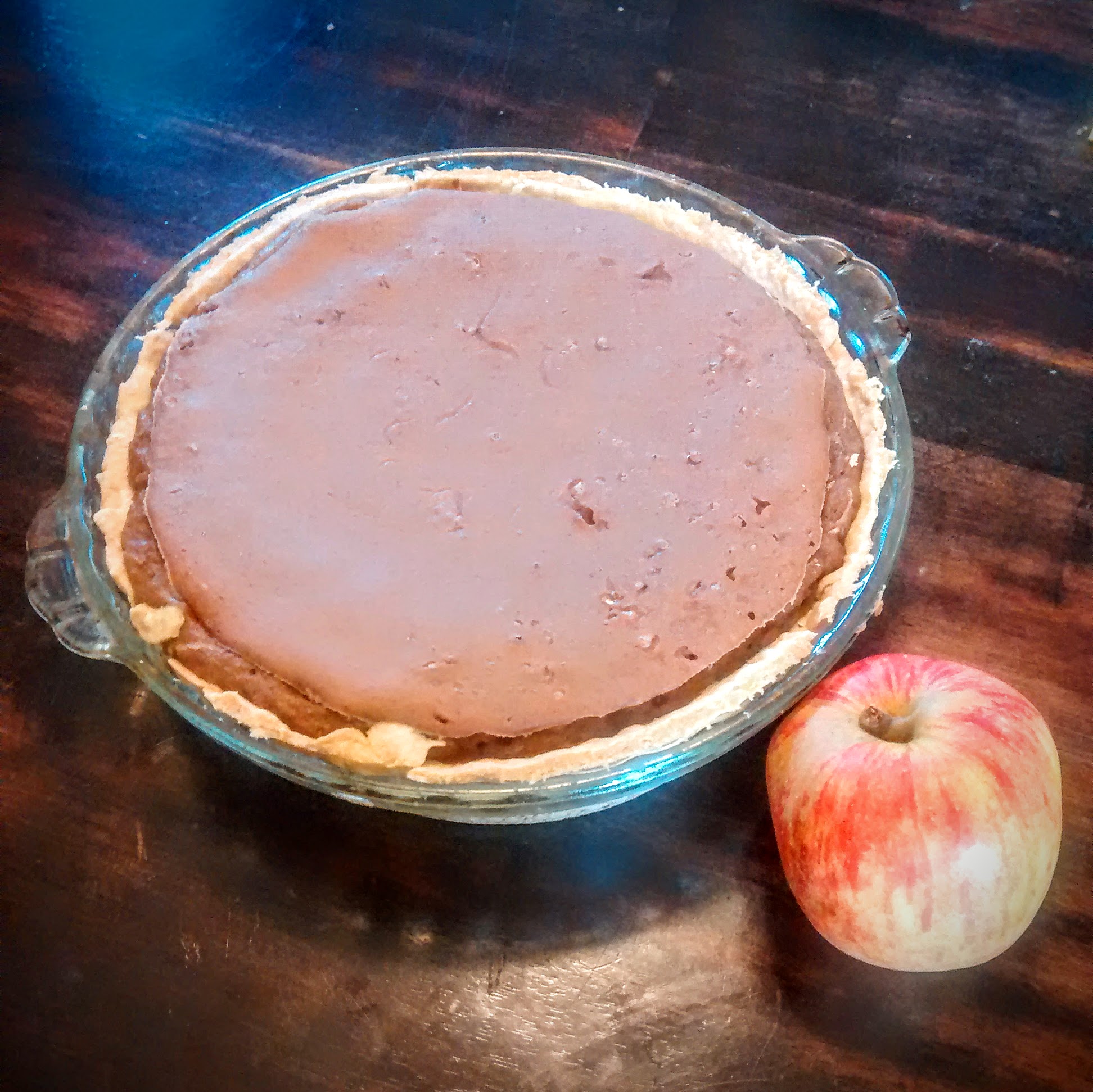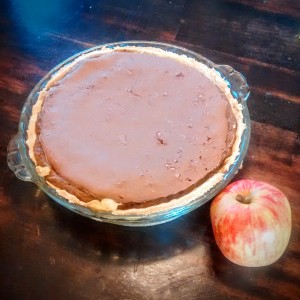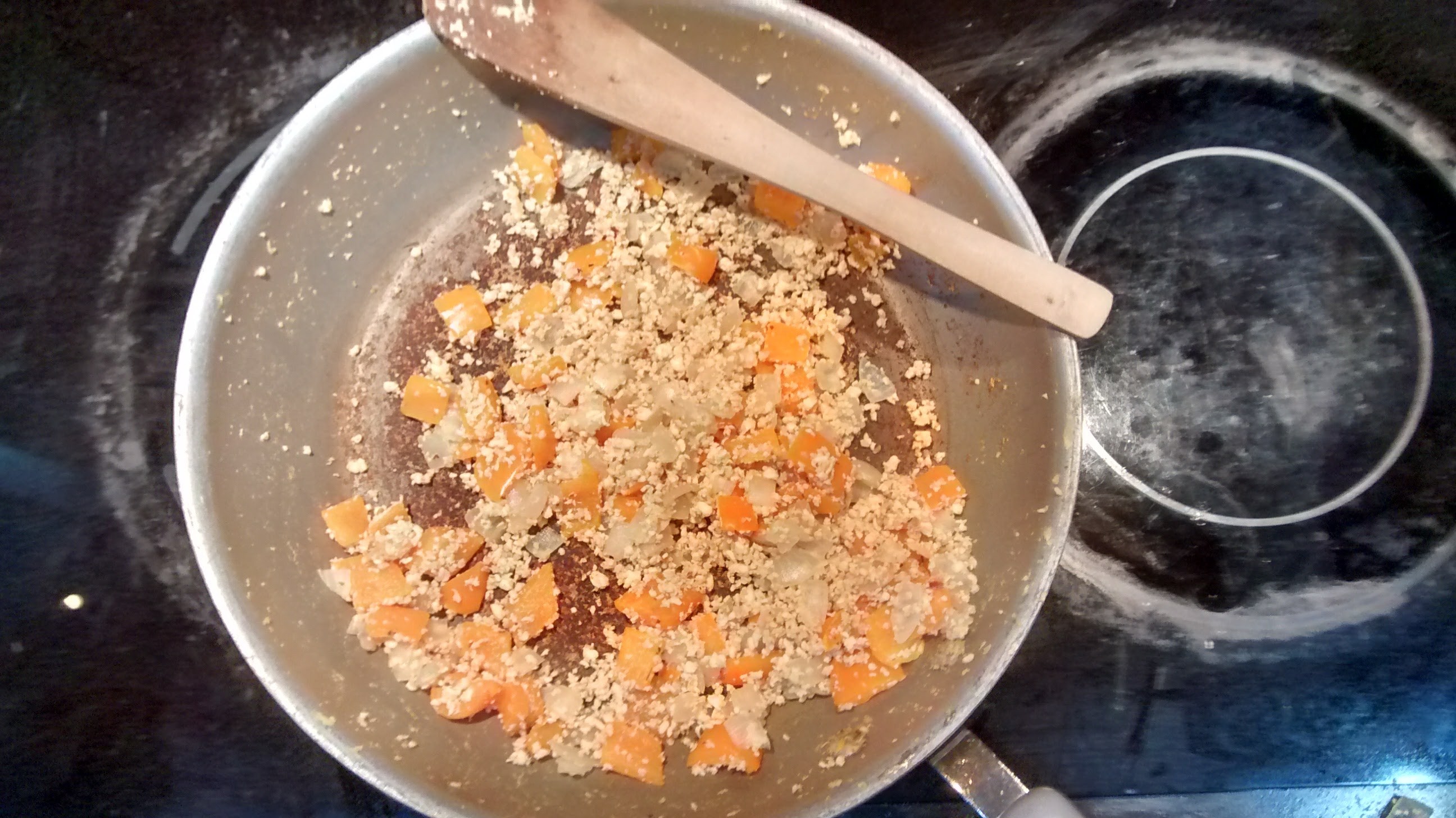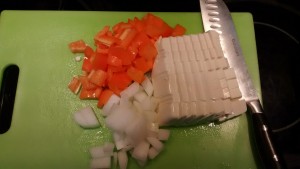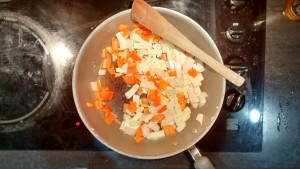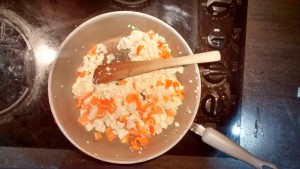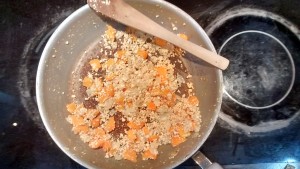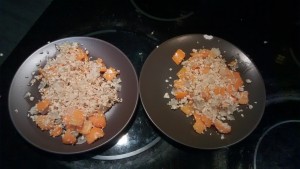Alright, so another update on the conlang.
So far, I’ve created for the Nopti language:
- Phonotactic rules (which dictate how sounds can merge into syllables; English’s phonotactic rules are fairly loose, contrast with Japanese where the whole language could be written with less than 50 syllabic characters e.g. Katakana or Hirigana)
- Most of the grammar structure
- Around 70 individual morphemes, each which has several meanings based on the declaration prefix, or ma-shun, used (and also context)
- The basics around three dialects, which each differ from Standard Nopti (which is primarily what will be seen on the blog and these updates)
- A writing system, more details to come.
So, phonotactic rules.
First off, in standard Nopti, there are 11 consonants and 10 vowels (of which some are monopthongs, or single vowel sounds, and some are dipthongs, or two vowels in one sound).
Consonants
| Letter |
IPA symbol |
Example |
Type |
| ng |
/ŋ/ |
sing |
nasal |
| n |
/n/ |
nigh |
nasal |
| m |
/m/ |
my |
nasal |
| t |
/t/ |
tie |
stop |
| k |
/k/ |
cry |
stop |
| p |
/p/ |
pry |
stop |
| h |
/h/ |
high |
fricative |
| sh |
/ʃ/ |
shy |
fricative |
| f |
/f/ |
fie |
fricative |
| ts |
/ts/ |
tsunami |
affricate |
| pf |
/pf/ |
Drumpf |
affricate |
Vowels
| Letter |
IPA symbol |
Example |
Type |
| a |
/aː/ |
bra or Bahn |
monopthong |
| o |
/ɒː/ |
pod |
monopthong |
| i |
/iː/ |
seed |
monopthong |
| u |
/uː/ |
food |
monopthong |
| ia |
/jaː/ |
like german “Ja“ |
dipthong |
| io |
/jɒː/ |
yop |
dipthong |
| iu |
/juː/ |
you |
dipthong |
| ua |
/waː/ |
voila |
dipthong |
| uo |
/wɒː/ |
doo-wop |
dipthong |
| ui |
/wiː/ |
“Whee!” |
dipthong |
So, a syllable in Nopti is structured according to these basic rules:
- Consonant + vowel + optional consonant or dipthong vowel + optional consonant
- Consonant clusters are not permitted
- The final consonant cannot be an affricate, /h/, or /f/
- If the initial consonant is a nasal, the final consonant cannot be the same as the initial
Seems pretty easy for an English speaker to pronounce, right? Well, notice that the first consonant in the alphabet, ng, is allowed to be at the beginning of a syllable. This may be challenging for many speakers, as it violates one of the basic (and for that matter one of the only) rules of English phonotactics, but with some practice, you should be able to get it.
On to grammar structure.
A sentence is formed according to the order Verb, Subject, Object. This is similar to Irish and Hawaiian, and if English were this way, the sentence I have a dog would be Have I a dog.
As already mentioned, each morpheme has several meanings, depending on what declaration prefix is used. In this way, we can also combine declarations to create other words. For example, take the word for clean (with the root word prefix ma), ma-kuo.
Its verb form would be tsu-kuo, but we could also take the natural, animate noun declaration, tsia, and attach it to the beginning, making the word together (tsia-tsu-kuo) mean cleaner.
I should also mention at this point that in this language there is no difference between definite and indefinite nouns; it should be obvious from context.
When two or more verbs combine, we just string them together. For example, I said that I had them would translate to tsu-iong-tsu-sha-fo tsan-ti tsua-ki-hok.
Syllable by syllable, that sentence means: (verb say verb have past_tense) (natural_animate_noun 1st_person_pronoun) (unnatural_inanimate_noun 3rd_person_pronoun plural_2).
As for the dialects,
I’ve mentioned that Nopti is spoken on Nopfa, a fairly large island, which is is split into four main geographic regions.
The southern Noppu region is temperate, warmed by the south winds and bountiful in their harvests. The northern Noptin region is isolated from the rest of the island by mountains, and the regional dialect here is quite distinct from Standard Nopti. On the west coast of the island live the Nopfuk people, where the oceans provide their means.
The east is home to Nop-huing-hosh City, centred around the bay and port there. Sheltered by neighboring islands from most storms, the bay serves as a deep-water harbour for trade with neighboring islands, and more recently the wider world. This is where the Standard dialect is spoken by locals, however people from across the island live and work in the city, as many jobs can be found there.
